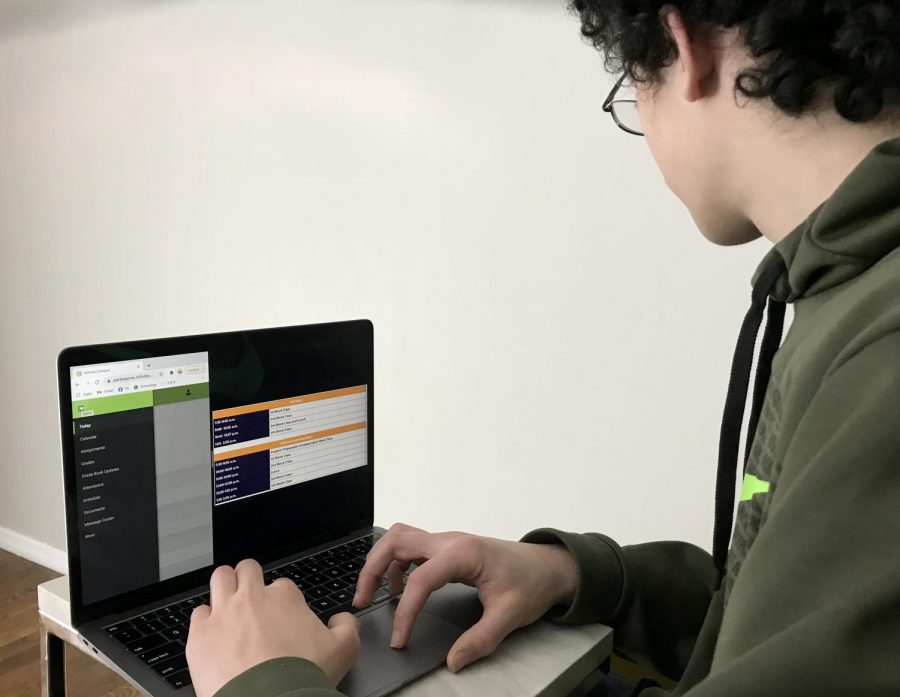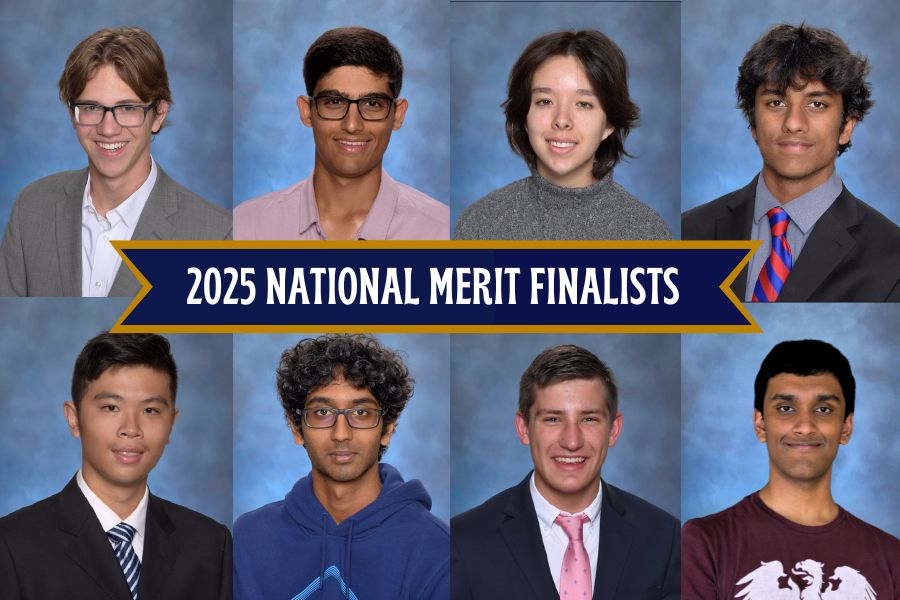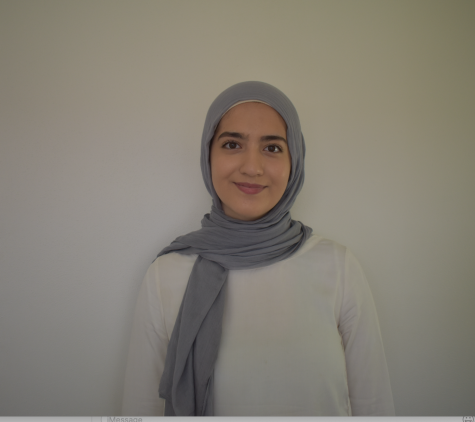Four school systems. Thousands of students. Dozens of classes. This year’s Virtual Campus High (VCH) was created to accommodate students who wanted to continue their education in a virtual format.
Across the district, administrators and counselors collaborated via evening phone calls, Zoom meetings and email chains to create schedules for students. Director of Choice Programs Jennifer Stanfill describes this process.
“It was an incredibly coordinated process that had to happen all virtually and required a lot of meetings. I’ll be honest, there were a lot of meetings where some of the smartest people I know in the school district would all just look at each other like ‘okay, wait, no, that’s not going to work. What about that? Well, no that’s not gonna work [either],’” Stanfill said. “It was very, very, very challenging.”
Creating schedules is a process that counselors normally have four months to complete. This year, it had to be accomplished in under six weeks.
“[When] students submit course requests, we look at those numbers, then we say ‘we need x number of sections of each class.’ Then the Infinite Campus system helps us to run the ‘schedule wizard.’ And then we always go back to check [because] there are a percentage of students unscheduled because of conflicts,” Stanfill said. “I’m making this much more simplistic than it was.”
To fix scheduling conflicts, staff looked to the other high schools to identify which courses could take more students as well as which classes could have a mix of in-person and virtual students. Stanfill calls this a “tradeoff” but clarifies that combining classes ensures all students have access to the same courses.
“A challenge that has a positive outcome is that the coordination, while it does take time, has allowed us to identify some areas where maybe some of our schools have been inconsistent. This is an opportunity to come together and talk about how we could be more consistent,” Stanfill said. “While we don’t ever want the Parkway high schools to be standard, they [should] always have their own community feel, we also have to determine our guarantee across the district for all students.”
As schedules were being built, teachers were also starting to prepare for their courses. Art teacher Ashley Drissell notes that teaching remotely can be difficult, but that there are still opportunities to make connections with students.
“There have been several students from the other high schools with whom I’ve made strong connections with this year. There is one student in particular from my second quarter virtual drawing class who I enjoyed talking with each day. He’s reached out a couple of times in the new quarter to show me his newest drawings and ask me how I’m doing. It makes me happy to know that he feels excited about art and has taken the time to connect with me beyond the virtual classroom,” Drissell said.
For students like North High sophomore Niah Ester, having classmates from other schools allows her to widen her circle of friends and learn more about the different schools.
“I think making connections with other students in different schools has been a positive experience. For example, I talked with somebody [from another school] and we made a connection about activism,” Ester said. “I never really talk to anybody from any other Parkway school, so that was cool.”
However, despite the community that some students and teachers were able to build with each other, some have also faced challenges. For Drissell, management and communication with the other schools has been difficult.
“I spend an exhaustive amount of time on managerial tasks everyday, often calling the other high schools and being passed around from secretary to secretary to find answers to my questions. Nothing is streamlined and there is zero continuity among the four high schools in regards to VCH material distribution, supply budgets, discipline policies and classroom expectations,” Drissell said. “Teachers have been left to fend for themselves and figure everything out on their own with very little support.”
She further explains that because administrators already have enough tasks to manage in their own buildings, the needs of Virtual Campus students and teachers have become less of a priority.
“There’s not a lot of skin in the game when it comes to VCH. This has resulted in many unanswered emails and phone calls, which clogs the flow for teachers. We’re left to figure it out, and the unfortunate result is that students are not having their needs met, parents are understandably upset and teachers end up looking like jerks as a result of the disorganization,” Drissell said. “It has been difficult to absorb the frequent blows from frustrated parents and students. As hard as I work to maintain organization and civility, I can only do so much. At the end of the day, all of these issues trickle down and land on the teachers. We have more than enough on our plates. It has been extremely challenging.”
Ester also faced challenges. She noticed differences in school environments and expectations, which made her less inclined to reach out to some of her teachers for extra support.
“I was stressed about this because I just feel [that] different schools have different atmospheres and that can play into how teachers teach. One thing I was worried about is what if the teacher doesn’t teach how I’m used to being taught?” Ester said. “I think it’s also because I’ve never seen [my teachers] before in person, so it’s weird to ask for help. It just creates a barrier.”
Drissell recently met with administrators to discuss her concerns. Many of them, she said, were not aware of these issues. She is hopeful that changes will be implemented.
“They were receptive to my information and feedback, followed up with thoughtful questions and committed to resolving the issues as best as possible. Throughout our conversation, it was made clear that VCH has faced budgeting challenges which have caused a heavy workload for many who were already dealing with the strain of teaching [and] admin duties in the time of a pandemic. This is something that frustrates me, as the result is messy, disorganized procedures and overloaded staff,” Drissell said. “I am certain that VCH cannot be viable or successful without staff and administrators focusing solely on VCH.”
With schedulers already discussing plans for next August, this program is here to stay.
“I’m just really thankful that we have that level of knowledge and skill and willingness to collaborate in order to create these opportunities,” Stanfill said. I’m [also] so happy to hear after doing Virtual Campus surveys with students, teachers and parents that while there could be things that can be improved all the time—we’re constantly evolving and improving—we got really great feedback and support from our families.”



![Smiling in a sea of Longhorns, Fox 2 reporter Ty Hawkins joins junior Darren Young during the morning Oct. 3 pep rally. The last time West was featured in this segment was 2011. “[I hope people see this and think] if you come to [Parkway] West, you will have the time of your life because there are so many fun activities to do that make it feel like you belong here. I was surprised so many people attended, but it was a lot of fun,” Young said.](https://pwestpathfinder.com/wp-content/uploads/2025/10/Edited2-1200x798.jpg)
![West High seniors and families listen as a representative of The Scholarship Foundation of St. Louis, Teresa Steinkamp, leads a Free Application for Federal Student Aid (FAFSA) workshop. This session, held in the library, provided guidance on financial aid, scholarships and student loan options. “This event is very beneficial for any seniors who are applying to or considering applying to colleges after high school [because] the cost of college is on the rise for seniors and parents,” college and career counselor Chris Lorenz said.](https://pwestpathfinder.com/wp-content/uploads/2025/09/DSC_4478-1200x778.jpg)
![Senior Kamori Berry walks across the field during halftime at the Homecoming football game on Sept. 12. During the pep assembly earlier that day, she was pronounced Homecoming Queen. “I thought it was nice that the crowd [started] cheering right away. I know [my friends] were really excited for me, and my family was happy because typically non-white people don't win,” Berry said.](https://pwestpathfinder.com/wp-content/uploads/2025/09/DSC7046-Enhanced-NR-1200x798.jpg)



![Pitching the ball on Apr. 14, senior Henry Wild and his team play against Belleville East. Wild was named scholar athlete of the year by St. Louis Post-Dispatch after maintaining a high cumulative GPA and staying involved with athletics for all of high school. “It’s an amazing honor. I feel very blessed to have the opportunity to represent my school [and] what [it] stands for,” Wild said.](https://pwestpathfinder.com/wp-content/uploads/2025/05/unnamed-6-1200x714.jpg)
![The Glory of Missouri award recipients stand with their certificates after finding out which virtue they were chosen to represent. When discovering their virtues, some recipients were met with contented confirmation, while others, complete surprise. “I was not at all surprised to get Truth. I discussed that with some of the other people who were getting the awards as well, and that came up as something I might get. Being in journalism, [Fellowship of Christian Athletes and] Speech and Debate, there's a culture of really caring about truth as a principle that I've tried to contribute to as well. I was very glad; [Truth] was a great one to get,” senior Will Gonsior said.](https://pwestpathfinder.com/wp-content/uploads/2025/04/Group-Glory-of-Missouri.jpg)



Zoe DeYoung • Apr 20, 2021 at 11:54 pm
Ulaa, what a great story! I can relate to many of the sentiments mentioned, but I also appreciate hearing the positives of VCH. Well done!